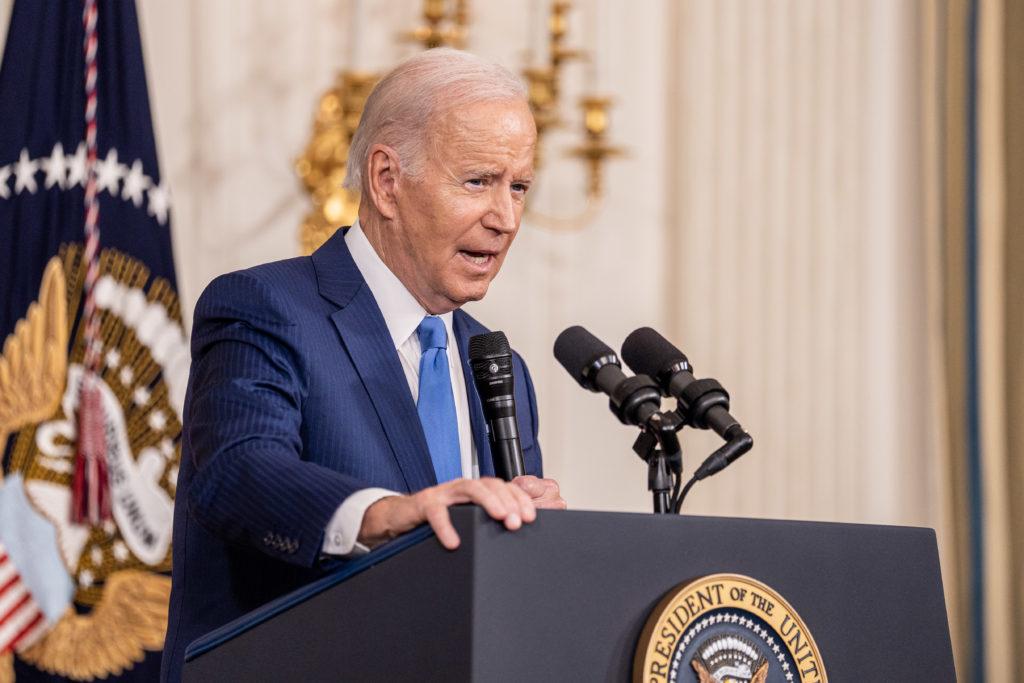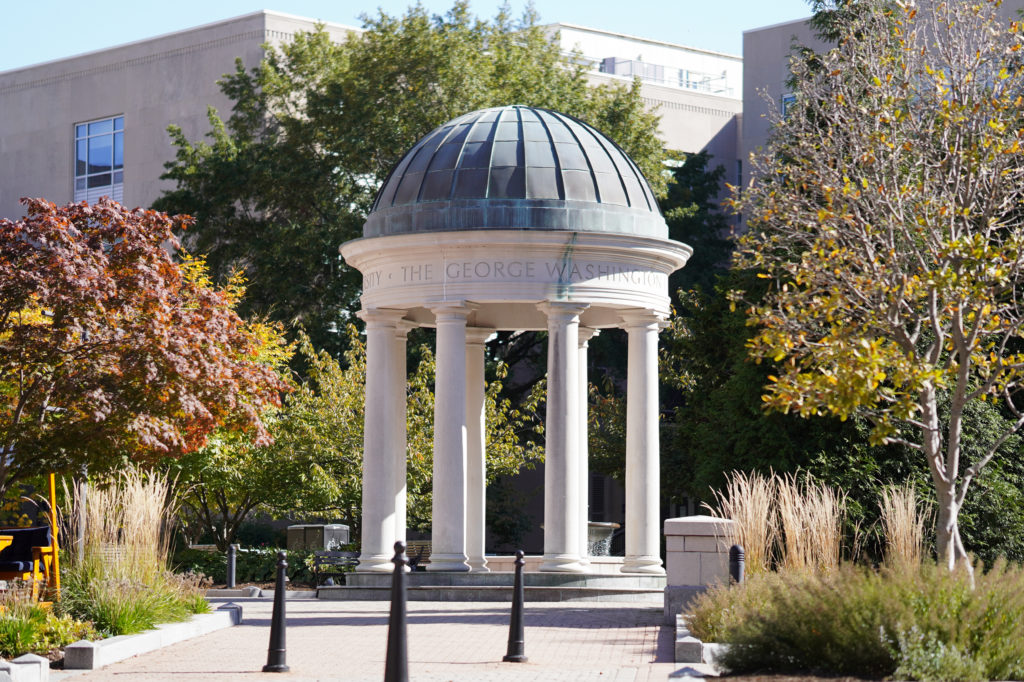Updated: Jan. 17, 2023 at 12:37 p.m.
The maximum Pell Grant award is set to increase by $500 in the next academic year, but experts said the rise will pay little dividends for recipients who attend GW as tuition continues to rise to an all-time high.
President Joe Biden signed an increase to the maximum award available to Pell Grant recipients in a spending package last month, elevating the maximum from $6,895 to $7,395 – the award’s largest increase in 14 years. Experts in college affordability said federal lawmakers should further raise the maximum Pell Grant award to match tuition at public and private universities and make higher education more affordable for students from low-income backgrounds as tuition prices climb across the country.
Jennifer Delaney – an associate professor of education policy, organization and leadership at the University of Illinois, Urbana-Champaign – said the $500 increase to the Pell Grant maximum is a “huge” step to removing financial barriers for low-income students, but the grants still fall short of fully covering college tuition at public and private universities. She said Pell-eligible students may still experience “sticker shock” from expensive, private universities like GW – a pattern among higher education institutions with a high cost of attendance that deters prospective students from applying.
Delaney said current inflated prices for food and housing has also strained families’ finances, so an increase in Pell Grant awards could ease those burdens.
“Having an increase in Pell Grants certainly will help with some of those inflationary pressures,” Delaney said. “It’s helping increase purchasing power as well. But this is a good step to supporting the most vulnerable, low-income students nationwide.”
The maximum Pell Grant award increased by $400 last academic year from $6,495 to $6,895. Biden proposed to double the Pell Grant maximum to about $13,000, according to his budget proposal for fiscal year 2023.
The University joined 1,200 organizations in March 2021 to sign a letter in support of doubling the maximum Pell Grant award.
Students are eligible to receive a Pell Grant if they display “exceptional” financial need through the Free Application for Federal Student Aid, according to the Department of Education.
Delaney said the formula to determine Pell Grant awards has been “very complicated” due to the 108 questions on the FAFSA, but the Department of Education is working to reduce that number to 36 to simplify the application process. She said the government can calculate aid eligibility with existing family data, like residence in public housing or registration for Supplemental Nutrition Assistance Program benefits, which are offered through a government-provided card that individuals can use to purchase food.
“Things where you don’t actually have to go through all the paperwork to be able to qualify for Pell that’s just automatically there is immensely helpful,” Delaney said.
Rebecca Natow, an assistant professor of educational leadership and policy at Hofstra University, said the rate of tuition increases has outpaced the rate of maximum Pell Grant award increases over the past decade. She said Pell Grants currently cover a small percentage of the cost of attendance at most universities, and lawmakers should agree on how to address rising tuition costs in policymaking.
The total cost of tuition, fees and room and board at private, nonprofit universities increased by an average of $2,350 from the 2012-13 academic year to the 2022-23 academic year, according to a 2022 report by CollegeBoard. The maximum Pell Grant award increased by $1,345 in the same period.
Pell Grant recipients at GW received an average of $4,843 in the 2020-21 academic year, according to the National Center for Education Statistics. The average grant covered 8.3 percent of the $58,550 tuition that academic year.
GW’s undergraduate tuition for the 2023-24 academic year rose to an all-time high of $62,110, pushing the total cost of attendance over $80,000.
“The reason why we’re seeing the largest increase we’ve seen in 10 years is increased recognition by policymakers, I think on both sides of the aisle, that tuition is high and that it does require that policy attention,” Natow said.
She said Pell Grants can increase the levels of college enrollment and help fund universities. Natow said the increase in the maximum Pell Grant award could motivate universities that factor financial need into admissions decisions, like GW, to accept more Pell-eligible students.
Officials admitted to putting hundreds of applicants who could not afford GW’s tuition on the waitlist in 2013.
Administrators launched a fundraising initiative in October 2021 to increase the financial aid budget for Pell-eligible students by roughly $2 million each year to fund need-based grants, loans and work-study packages.
“It’s going to have an effect of increasing enrollment of Pell-eligible students and also help them to actually get through college and be successful,” Natow said.
Laura Perna, the vice provost for faculty at the University of Pennsylvania, said net price calculators, which calculate eligibility for financial aid can help Pell-eligible families determine how much financial aid they can qualify for, but not all universities have a working one in compliance with federal guidelines. She said universities that offer net price calculators might not have the most updated information regarding cost of attendance, so determining the aid a student will receive is “tricky.”
GW offers a net price calculator that determines students’ eligibility for need-based financial aid based on information like parental and student income.
“With all that complexity, it’s really important for colleges and universities to be as clear as possible about the availability of financial aid, what you have to do to get it and to try to help students get the aid that they really need to pay the costs of college,” Perna said.
This post was updated to correct the following:
The Hatchet incorrectly reported that the federal government does not mandate net price calculators for higher education. The federal government does mandate net price calculators for universities that offer Title IV or federal financial aid.








